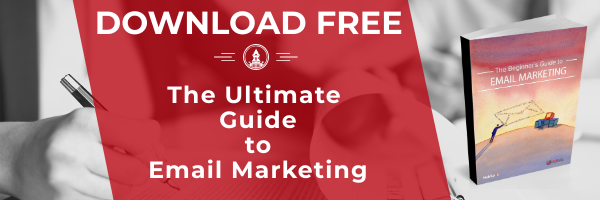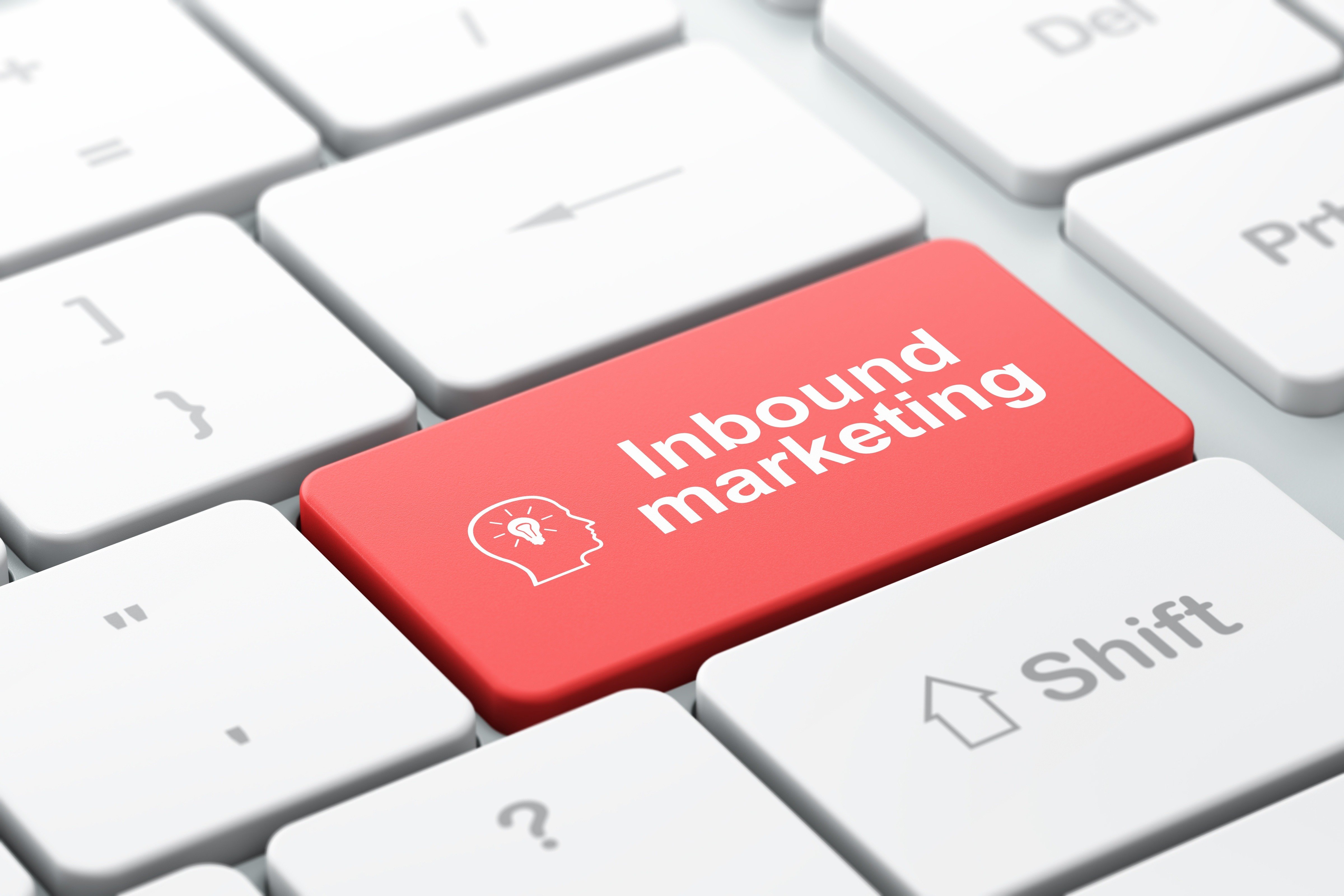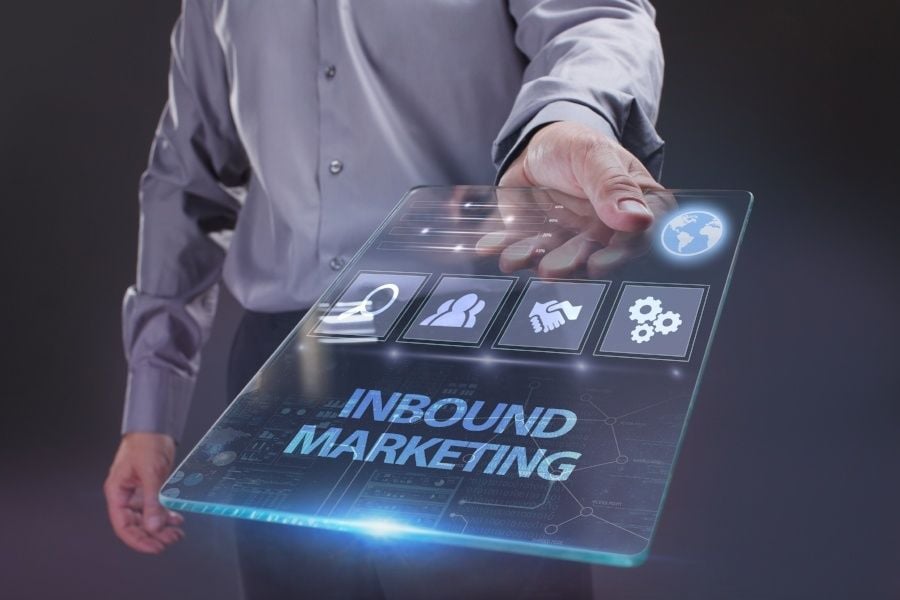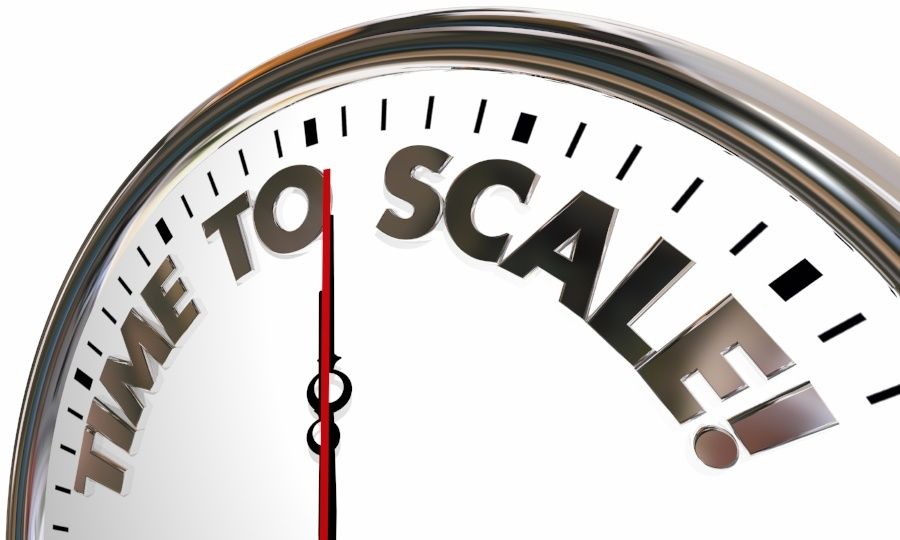
Email marketing works. Even in the face of continued new ways to market your business online, it remains one of the most effective and easiest to implement strategies available to businesses of all sizes and across industries.
Of course, simply sending an email to your list is not enough to grow your awareness and customer base. If you're not careful, you end up in the spam folder with little to show for.
To take advantage of the strategy, here are 5 email marketing best practices to grow your small business the smart way.
1) Limit Yourself to Organic Email List Growth
First things first: don't go the easy way in growing your email list. While you can easily buy a list of subscribers from professional associations and other organizations, your efforts become less likely to succeed.
In fact, most email software solutions explicitly forbid marketers to send messages to lists of recipients who have not opted in.
That's because they are much more likely to be marked as spam, while also generating significantly lower open and click-through rates.
Instead, grow your list organically by giving your audience incentives to sign up for your email list.
Convince them of the value your emails can provide for them, and they will be willing to join your list.
2) Segment Your Email Audience
Blasting general message to your entire email list will not lead to success. You will only see results if your emails are actually relevant to your audience, and provide tangible value for them.
Segment your audience into various, relatively homogeneous groups according to their demographics and interests.
Then, set up individual emails that more closely speak to their needs and the reason they signed up to receive your messages in the first place.
3) Personalize Your Emails
Relevance can also be achieved through personalization. In fact, if you build emails that speak directly to your audience, addressing them by first name in the subject line and/or the body copy, you will see your results improve.
Personalization, of course, goes both ways. Rather than sending emails from a generic company address, change the sender and reply-to address to the contact person most relevant and known to your audience.
Change the body copy from promotional to something closer to a personal , 1-to-1 message. You'll be less likely to be marked as spam, and more likely to see responses as a result.
4) Keep a Singular Focus
When you have your audience's attention, it's tempting to talk about as many points as possible. At the same time, it's crucial to resist that urge and instead keep each email to a singular value proposition and call to action.
Diverting your audience's attention, in fact, is more likely to lead to inaction. If you give them three different links and call to action buttons within a single email, the likelihood that they'll click on none will increase drastically.
In addition, you will run into space problems of explaining the value of clicking on each. Keep your focus singular, and your click-throughs (and eventual conversions) will increase.
5) Avoid Email Spam Filters
Finally, design and write every email you send with the explicit goal of avoiding spam filters.
Reducing your audience, or even getting blacklisted by clients like Gmail, due to repeated violations, can be email marketing death for your small business. Fortunately, you can avoid that scenario with a few tweaks.
This guide can help you get started. Avoid trigger words in the subject line, and only send messages to recipients who have not previously bounced, opted out, or marked you as spam. Follow CAN-SPAM rules.
Finally, keeping your messages valuable and relevant is crucial to avoiding audience fatigue, opt outs, and spam filters.
Email Marketing KPIs to Pay Attention To
1) Clickthrough Rate
- What It Is: The percentage of email recipients who clicked on one or more links contained in a given email.
- How to Calculate It: (Total clicks OR unique clicks ÷ Number of delivered emails) * 100
- Example: 500 total clicks ÷ 10,000 delivered emails * 100 = 5% click through rate
(Using either total clicks or unique clicks in the calculation above works, as long as you use the same approach consistently.)
2) Conversion Rate
- What It Is: The percentage of email recipients who clicked on a link within an email and completed a desired action, such as filling out a lead generation form or purchasing a product.
- How to Calculate It: (Number of people who completed the desired action ÷ Number of total emails delivered) * 100
- Example: 400 people who completed the desired action ÷ 10,000 total email delivered * 100 = 4% conversion rate
3) Bounce Rate
- What It Is: The percentage of your total emails sent that could not be successfully delivered to the recipient's inbox.
- How to Calculate It: (Total number of bounced emails ÷ Number of emails sent) * 100
- Example: 75 bounced emails ÷ 10,000 total emails sent * 100 = 0.75% bounce rate
4) List Growth Rate
- What It Is: The rate at which your email list is growing.
- How to Calculate It: ([(Number of new subscribers) minus (Number of unsubscribes + email/spam complaints)] ÷ Total number of email addresses on your list]) * 100
- Example: (500 new subscribers - 100 unsubscribes and email/spam complaints) ÷ 10,000 email addresses on the list * 100 = 4% list growth rate
5) Email Sharing/Forwarding Rate
- What It Is: The percentage of email recipients who clicked on a “share this” button to post email content to a social network, and/or who clicked on a “forward to a friend” button.
- How to Calculate It: (Number of clicks on a share and/or forward button ÷ Number of total delivered emails) * 100
- Example: 100 clicks on a share/forward button ÷ 10,000 total delivered emails * 100 = 1% email sharing/forwarding rate
6) Overall ROI
- What It Is: The overall return on investment for your email campaigns. In other words, total revenue divided by total spend.
- How to Calculate It: [($ in additional sales made minus $ invested in the campaign) ÷ $ invested in the campaign] * 100
- Example: ($1,000 in additional sales - $100 invested in the campaign / $100 invested in the campaign) * 100 = a 900% return on investment for the campaign
Done right, email marketing can be a crucial cog in the wheel of your small business marketing machine. But that's only possible if you approach the tactic smartly, and strategically. The above tips can get you started.
For more information about email marketing done the right way, and how to integrate it into a larger inbound marketing strategy, contact us.













